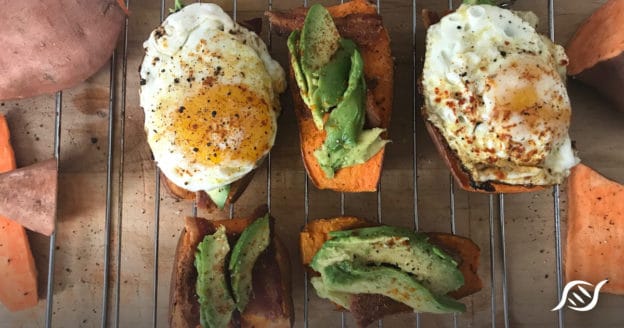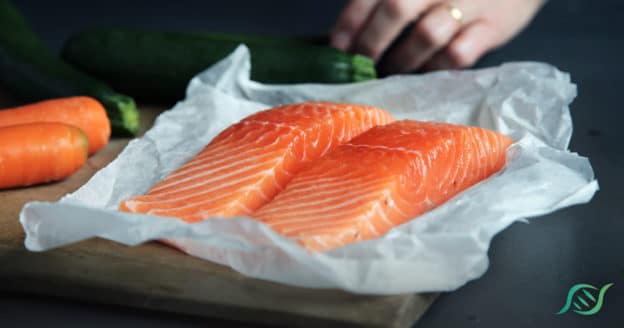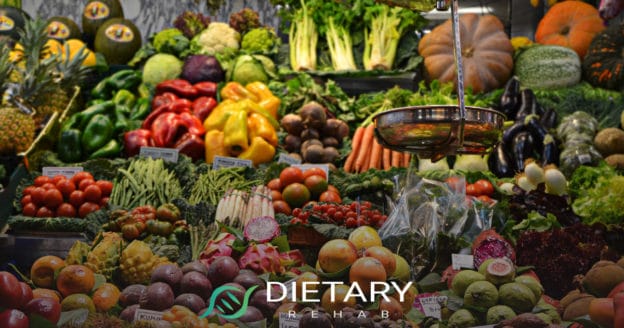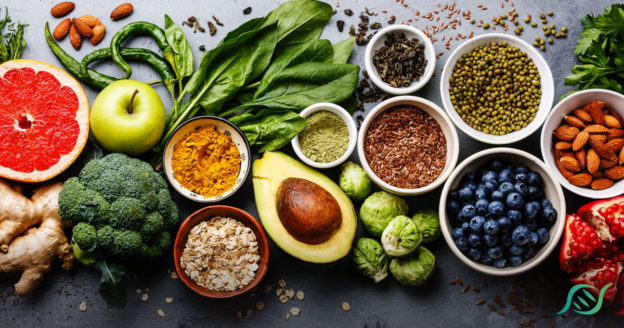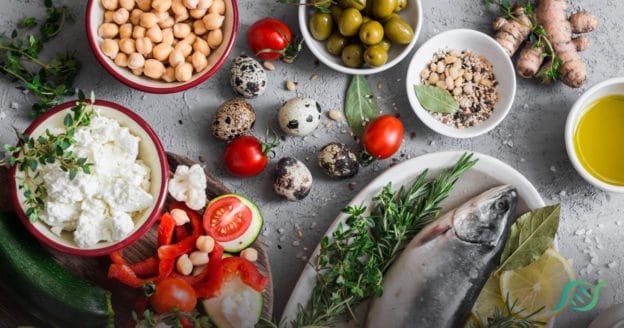
The Whole30 diet is a diet created for healthy people, by healthy people. These individuals once found themselves exercising with no results. They were eating healthy but still had no energy and had other skin, digestive, and allergy issues as well. Now with the Whole30 diet they can truly eat healthy and see the results they deserve.
 Some healthy foods such as grains, dairy, and legumes can have negative impacts on the body. The only way to actually get the results you want from your diet is by ridding your body of these foods completely. In 30 days, this meal plan will help you to eliminate all the blood-sugar disrupting, gut-damaging, inflammatory food groups from your body. After removing these foods from your diet your body can heal and recover from their various side effects. This helps individuals reset their bodies and reset their lives, and change their relationship with food completely.
Some healthy foods such as grains, dairy, and legumes can have negative impacts on the body. The only way to actually get the results you want from your diet is by ridding your body of these foods completely. In 30 days, this meal plan will help you to eliminate all the blood-sugar disrupting, gut-damaging, inflammatory food groups from your body. After removing these foods from your diet your body can heal and recover from their various side effects. This helps individuals reset their bodies and reset their lives, and change their relationship with food completely.
How Does It Work?
One of the characteristics of the Whole30 diet that you won’t find with many other diets is you still get to eat food – real food. Keep in mind that the fewer ingredients the better. Or if a food has no additional ingredients because it is a whole food, add that to the keep pile. Individuals follow the rules of the Whole30 diet for 30 days. Their bodies, mindsets, and their relationship with food will be completely transformed after those 30 days.
Who Developed It And Why?
Co-founder Melisa Hartwig developed the Whole30 meal plan. The goal was to change individuals’ lives, specifically by changing the way they think about food. The Whole30 diet changes your tastebuds, cravings, and overall relationship with food. Thirty days on the diet rewires your mouth and your mindset to eat whole and healthy, permanently. Hartwig herself tried the diet, as well as millions of others. They can say with confidence that the Whole30 diet has permanent, life-changing effects.
What Results Should You Expect?
First and foremost, you should expect to eat good food every day, for 30 days. If you are strict to the diet for 30 days, without one bite of pizza, or lick of ice cream, the changes are permanent. You won’t face another uncontrollable craving or have another inner battle about which meal tastes better. Your tastebuds will transform over the course of 30 days.
 You should not, however, expect to step on the scale or track body measurements every day. The main focus of the Whole30 plan is not weight loss, though weight loss will most likely occur. Rather, it is about increasing healthy eating habits and decreasing the amount of body fat a person gains. The Whole30 plan recommends taking your body weight before starting the program and after 30 days to see the overall impact eating Whole30 has on the body.
You should not, however, expect to step on the scale or track body measurements every day. The main focus of the Whole30 plan is not weight loss, though weight loss will most likely occur. Rather, it is about increasing healthy eating habits and decreasing the amount of body fat a person gains. The Whole30 plan recommends taking your body weight before starting the program and after 30 days to see the overall impact eating Whole30 has on the body.
Foods To Avoid
At its foundation, the Whole30 program is an elimination diet. This means it is all about the foods individuals avoid. The diet is not about eating all organic, or local, or pasteurized, it is simply about avoiding the bad stuff – even if you didn’t know it was bad. These are the most important foods to avoid for 30 days.
- Sugar, real or artificial: This includes maple syrup, honey, agave nectar, coconut sugar, date syrup, stevia, Splenda, Equal, NutraSweet, xylitol, etc. It is important to read labels because sugar may be in products in ways you don’t immediately recognize.
- Alcohol: This means any alcohol, including cooking wine and other cooking alcohols. In addition, you should avoid tobacco.
- Grains: This means all grains including wheat, rye, barley, oats, corn, rice, millet, bulgur, sorghum, sprouted grains, and all gluten-free pseudo-cereals like quinoa, amaranth, and buckwheat. You should also avoid adding wheat, corn, and rice into foods in the form of bran, germ, starch, and so on. If you are unsure, read the label.
- Legumes: Also known as beans, you should avoid black, red, pinto, navy, white, kidney, lima, fava, peas, chickpeas, lentils, and peanuts. That means peanut butter too. This rule also includes all forms of soy – soy sauce, miso, tofu, tempeh, edamame, and any way that that soy may have snuck into prepared food as an ingredient (like lecithin).
- Dairy: If it comes from a cow, don’t eat/drink it – or if it comes from a goat or sheep either. This includes milk products, like milk, cream, cheese, kefir, yogurt, sour cream, ice cream, or frozen yogurt.
- Carrageenan, MSG, or sulfites: When these ingredients appear in any form on the label of processed foods or beverages, it is not acceptable for the Whole30.
- Baked goods, junk food, or treats: This rule can be tricky. Some specific foods that fall under this rule include: pancakes, waffles, bread, tortillas, biscuits, muffins, cupcakes, cookies, brownies, pizza crust, alternative flour pastas, cereal, or ice cream. Avoid commercially-prepared chips (potato, tortilla, plantain, etc.) and french fries as well. The issue with buying or baking these treats, even with compliant ingredients, is they totally miss the point of Whole30. In the end even a pancake made with coconut flour will compromise your life-changing eating habits. A good rule of thumb is ‘when in doubt, leave it out.’
The Exceptions
Of course, like any good diet, there are exceptions. These foods are acceptable in the Whole30 program, even if other diets have identified them as ‘unhealthy.’
- Ghee or clarified butter: Ghee is the only source of dairy you’ll get with Whole30. This does not include plain old butter, which has milk proteins that could impact the results of your program.
- Fruit juice: If products or recipes include fruit juice as a stand-alone ingredient or natural sweetener, this is fine for the purposes of the Whole30.
- Certain legumes: Maybe not all legumes are bad for you, especially ones that are green and have more pod than bean. Whole30 allows green beans, sugar snap peas, and snow peas.
- Vinegar: Whole30 program allows almost all forms of vinegar, including white, red wine, balsamic, apple cider, and rice. However, you should avoid malt vinegar which, contains gluten.
- Coconut aminos: All brands of coconut aminos are acceptable. This includes products with the words “coconut nectar” or “coconut syrup” in their ingredient list.
- Salt: All iodized table salt contains sugar, which makes it difficult to stick to the no sugar rule. Since most restaurants and pre-packaged foods contain salt, this is the exception to the no sugar rule.
All it takes is 30 days. At first glance, these lists may seem like a significant change, but in the end, it’s what’s good for you.
Tough Love And Mantra Of The Whole30 Program

For individuals stepping into the Whole30 program, they may not be able to speak with Hartwig herself, but this is her and the Whole30 program mantra: “This is not hard. Don’t you dare tell us this is hard. Quitting heroin is hard. Beating cancer is hard. Drinking your coffee black. Is. Not. Hard.” This tough love stance is what it takes to form new habits and change a life. Anyone can do it.
A Typical Day Of Eating On The Whole30 Diet
Eating on the Whole30 Diet is more enjoyable than most people think. A typical day of eating may include one or two Whole30 meal plans. With the Plan A meal, every recipe is 100 percent compliant, with a wide variety of different fat, protein, and carbohydrate sources to choose from. You will eat Plan B meals after your initial 30 days is up. You will continue eating real, nutrient dense foods but begin experimenting with reintroducing some foods during this time period.
Each meal plan has decadent meal options, here’s what a typical day of eating the Whole30 diet may include:
Breakfast
- (Plan A) Green Shakshuka with shaved Brussels sprouts
- (Plan B) Smoked Salmon Breakfast Stacks, Skillet Roasted Breakfast Veggies, One Pan Chicken Apple Squash, Brussels, Bacon, & Chicken Skillet with Ranch
- Paleo Pizza Potato Skins
Lunch
- (Plan A) Vegan Butternut Squash Soup
- (Plan B) Cauliflower Rice Meatballs, Creamy Coconut Milk Meatballs, Halibut Nicosia Salad, Mango Chicken with Cauliflower Rice, Sweet Potato Noodles with Beef Bolognese
Dinner
- (Plan A) Crispy to the Root Chicken Thighs
- (Plan B) Paleo Sloppy Joes, Roasted Tomatoes and Shrimp with Zucchini Noodles, Lamb Burgers with Rosemary Pesto Sauce, Easy Whole30 Chili
Meal Prep
On the Whole30 diet, being successful can mean the difference between being prepared or not. A well-written shopping list and preparing food for the third week are two helpful tips for staying on track. A Whole30 shopping list should contain proteins, veggies, pantry staples, nuts, seeds, and oils. When it comes to preparing food it is best to write out the menu for each meal, each day. These simple preparation tips make failure seem impossible.
Support
Another way to succeed on the Whole30 diet is with all the support possible. As with any diet or exercise system, the buddy system makes the hardest goals seem attainable. With the Whole30 diet, try getting friends and family members on board. This diet is beneficial for everyone, not just those who want to diet and lose weight.
The Whole30 is about improving the entire lifestyle to live a more healthful life, everyone needs a little of that. With a few diet buddies on board, you can share meal plans and share success stories. Even without buddies on board, share success stories across social media, with others, spread the word about accomplishments and it helps make the journey seem shorter and more worthwhile.
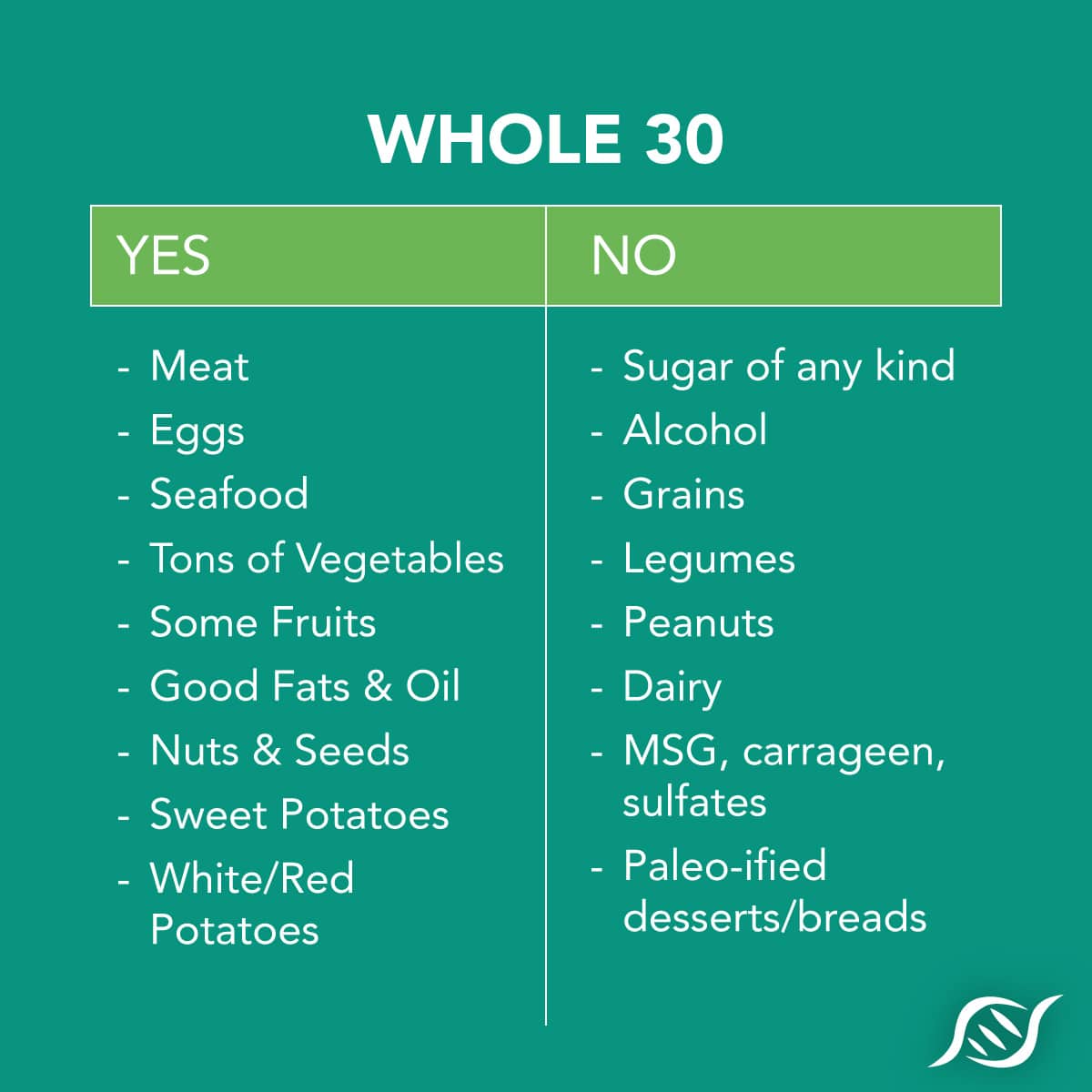
Whole30 Vs. Paleo
Many individuals have never heard of the Whole30 diet, but they have heard of Paleo. The two diets are very similar, but there are several important differences. The idea behind the Paleo diet is to eat as our Paleolithic ancestors once did. This includes eating plant-based meals with quality proteins and fats.
The Whole30 diet is stricter and is an elimination diet. The idea is to reboot the body and after the 30 days, mindfully add certain foods back in. This marks yet another difference between Paleo and Whole30; Paleo is a long-term diet, Whole30 is not. Whole30 is only for 30 days, with the intention that after the body will only seek and prefer certain foods. Lastly, sugar plays an important role in each diet; in one you can have sugar, in the other you cannot. For example, cinnamon almonds are okay on the Paleo diet, but not for Whole30.
What To Do When The 30 Days Are Over
After the 30 days are over, the reintroduction phase begins. The reintroduction portion of the Whole30 is critical to the learning experience. Within ten days, individuals will slowly, carefully, and systematically reintroduce some of the off-plan foods they were excluding. The idea is to evaluate how they make each individual feel in the context of a healthier relationship with food, metabolism, digestive tract, and the immune system.
Today diets and individualized meal plans are everywhere. Some advertise as being fast, cheap, easy, and prove the best results. The Whole30 diet is wholesome. There are no gimmicks, no subscriptions, the purpose is to change eating habits permanently, not to make money. If you feel that the Whole30 diet is right for you, learn more about individualized meal plans.


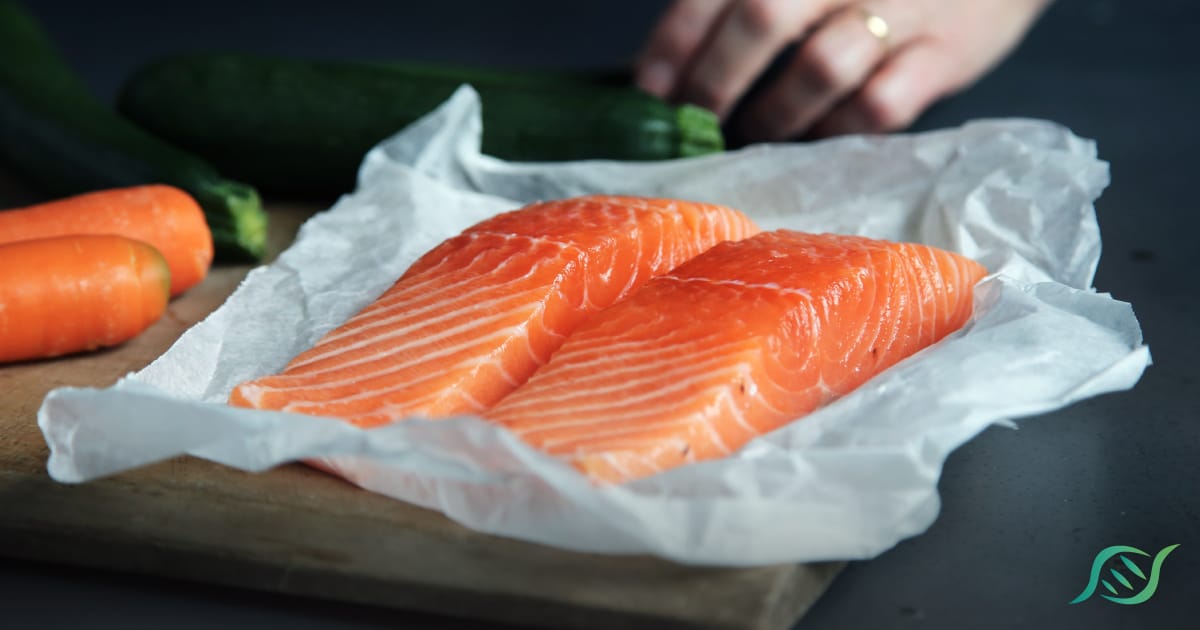
 Eating healthier is much easier than most people realize. Sometimes, simply making a few small changes to your everyday eating routine can have tremendous results in a relatively short time.
Eating healthier is much easier than most people realize. Sometimes, simply making a few small changes to your everyday eating routine can have tremendous results in a relatively short time.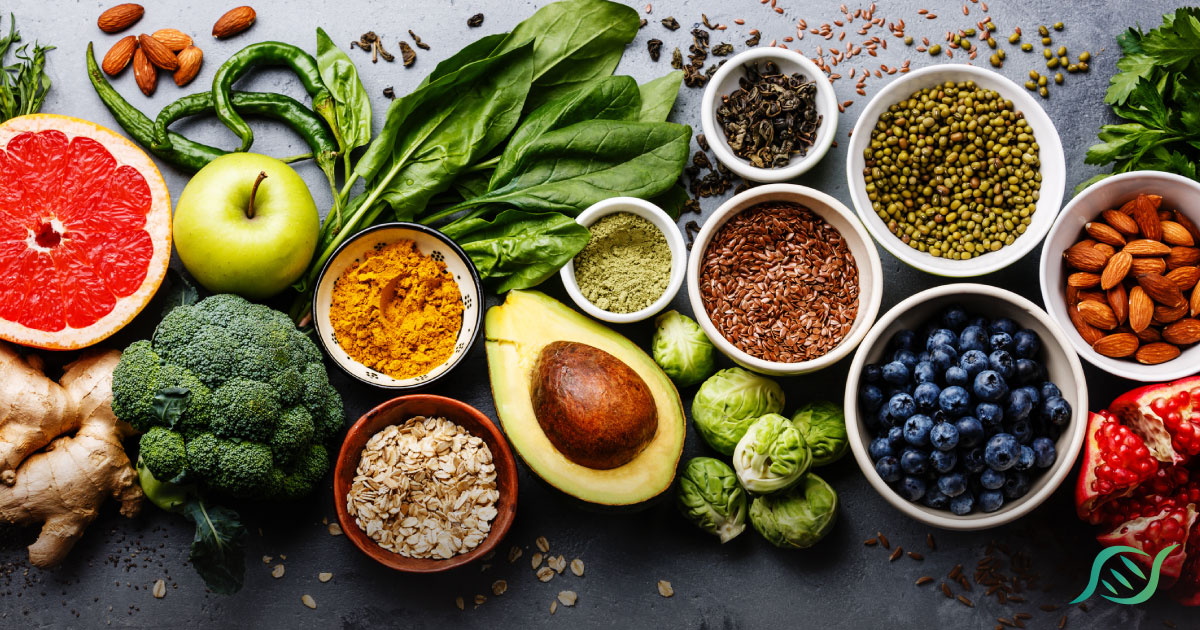

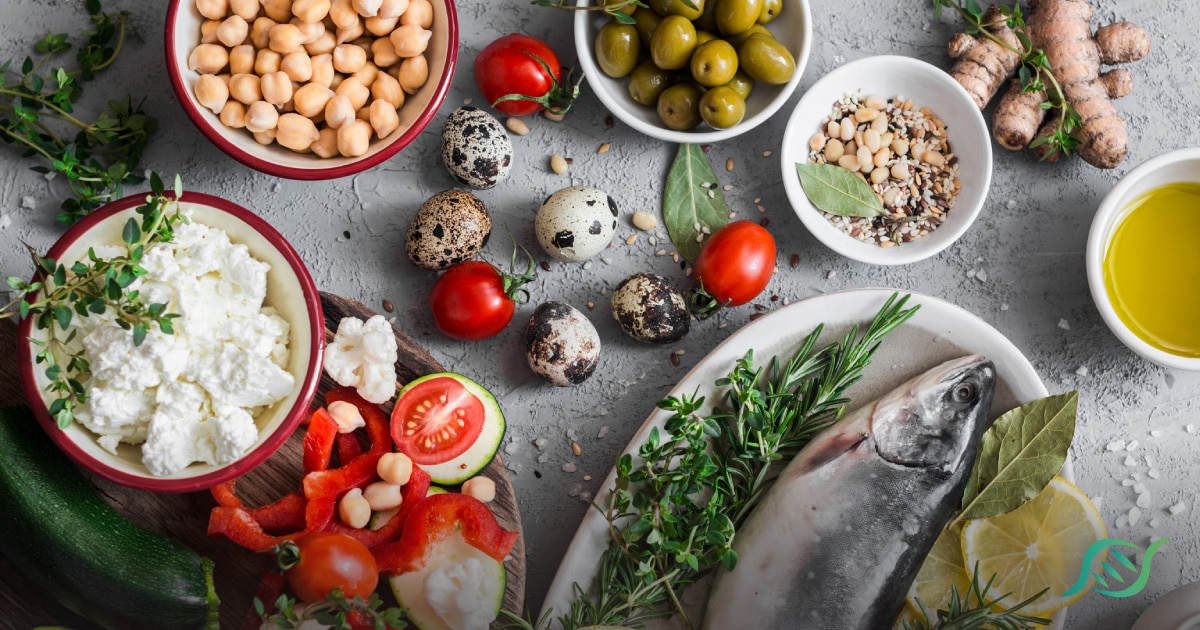
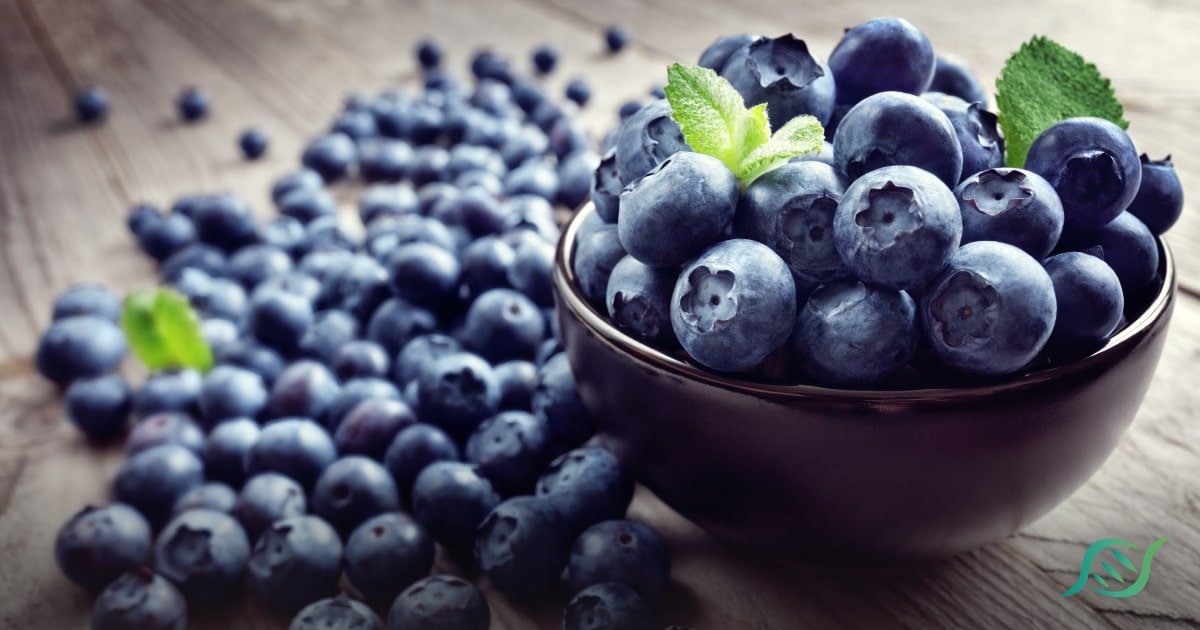

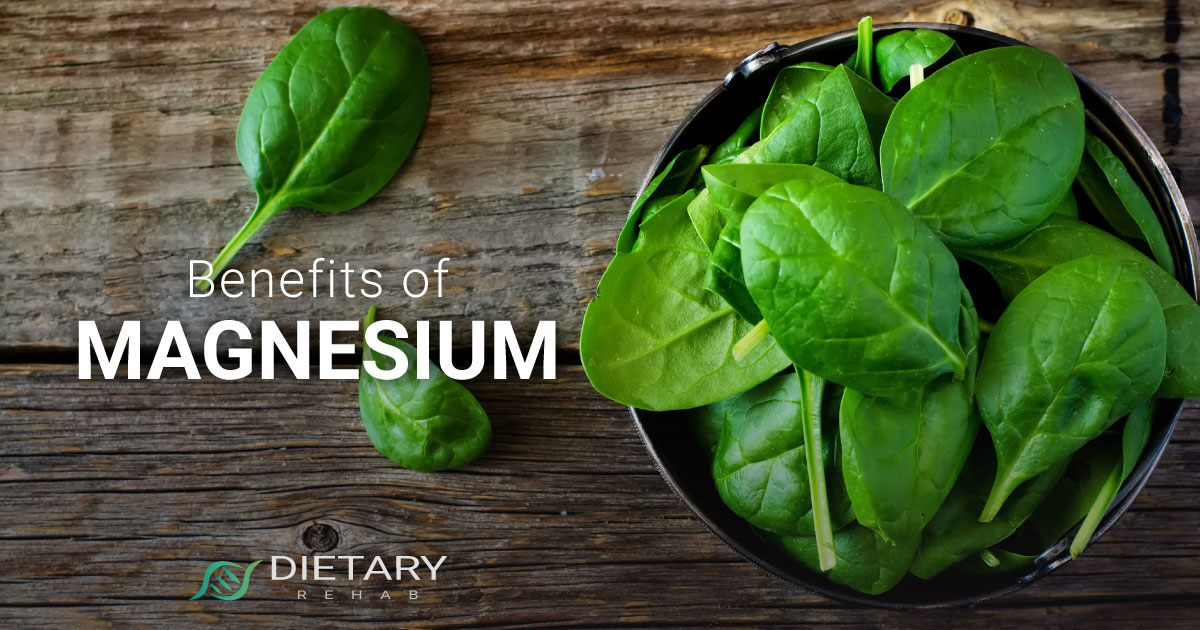
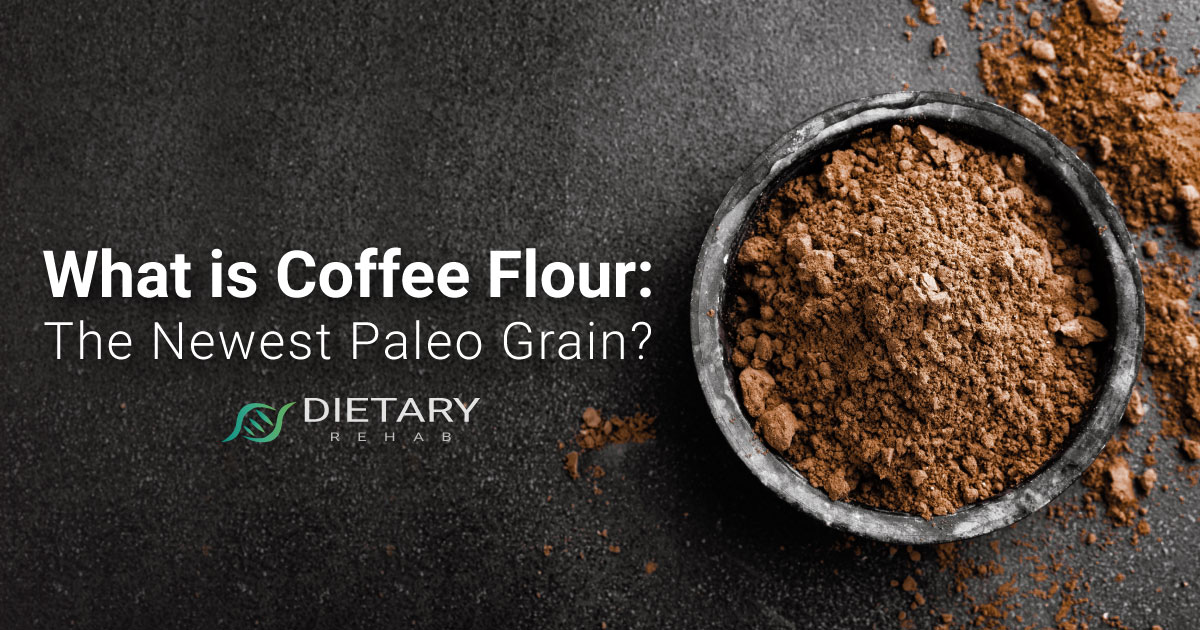 If you bake, you probably know there are many different types of flour. Nut flours like almond and hazelnut offer many of the nutritional benefits found in whole nuts. Oat flour has extra fiber and is gluten-free. Coconut flour is often substituted for white flour in paleo recipes.
If you bake, you probably know there are many different types of flour. Nut flours like almond and hazelnut offer many of the nutritional benefits found in whole nuts. Oat flour has extra fiber and is gluten-free. Coconut flour is often substituted for white flour in paleo recipes.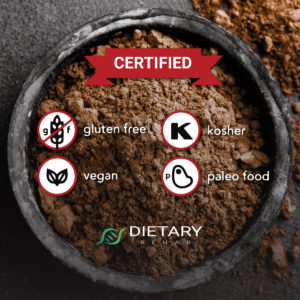 Coffee flour only has 34 calories per serving, but it packs a powerful nutritional punch. Here are some of its health benefits:
Coffee flour only has 34 calories per serving, but it packs a powerful nutritional punch. Here are some of its health benefits: